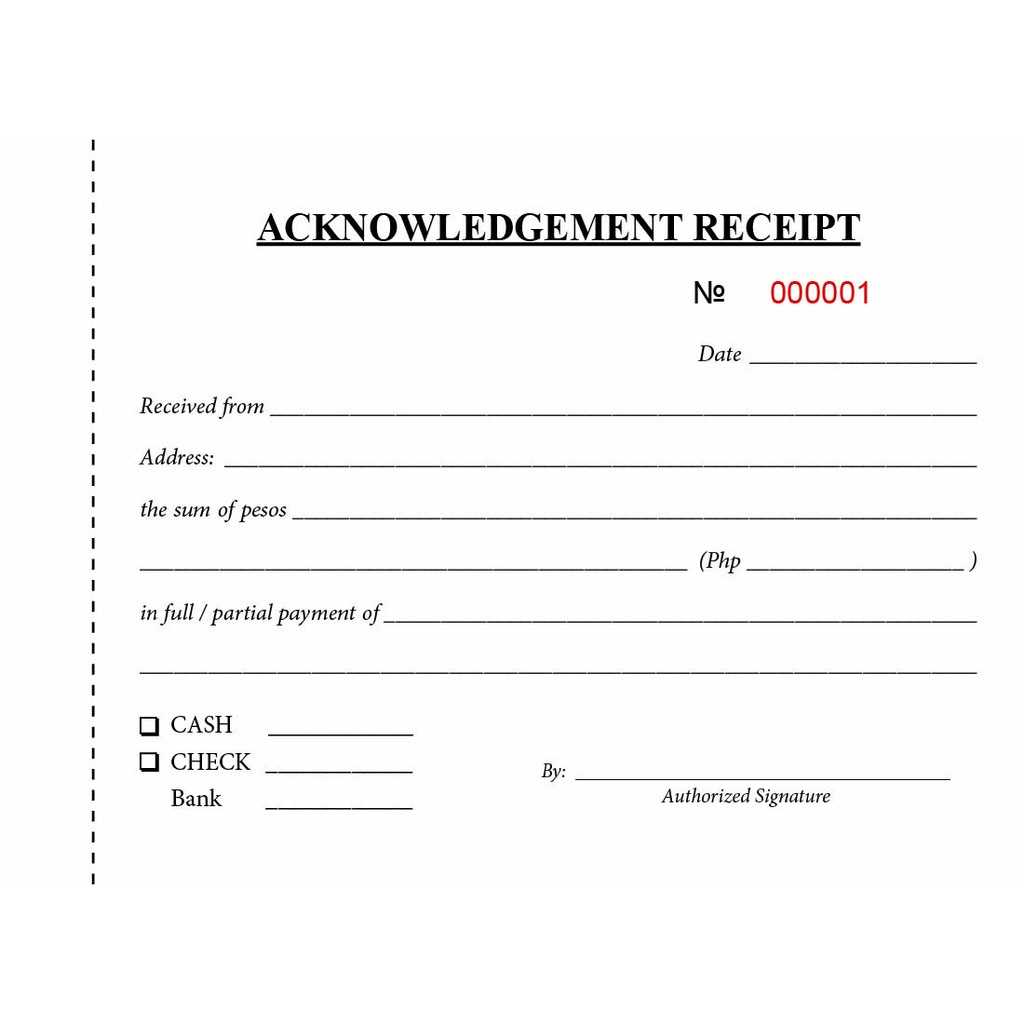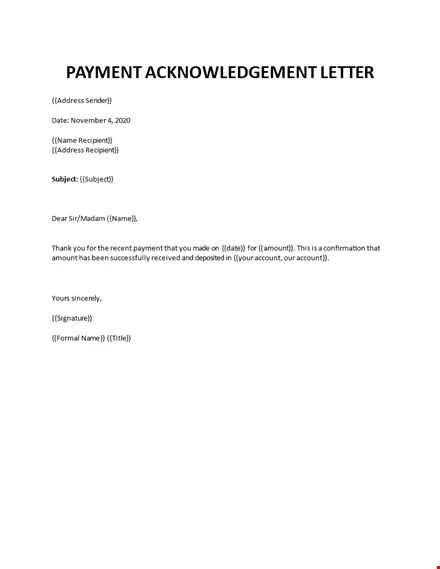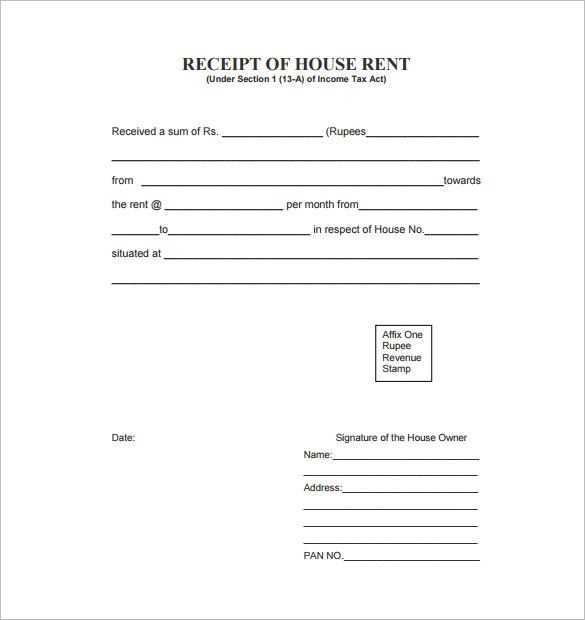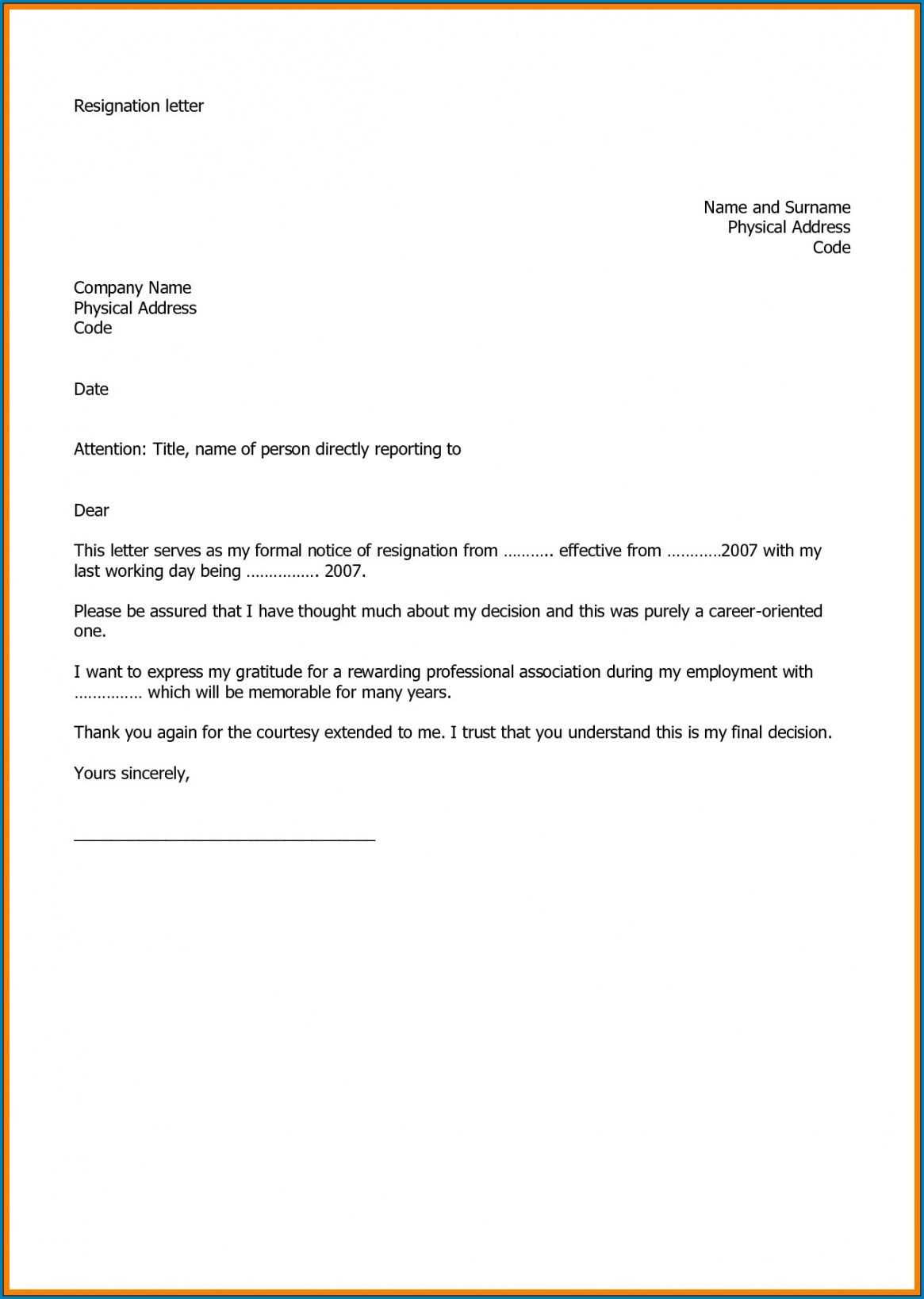
Confirming receipt of a document, payment, or package should be clear and professional. A well-structured acknowledgement of receipt letter ensures transparency and prevents misunderstandings. Whether responding to a business contract, an official notice, or a customer request, a concise and polite message helps establish trust.
Begin with a direct statement confirming what has been received. Mention the sender’s name, the date of receipt, and any relevant details that clarify the situation. If further action is required, specify the next steps clearly. Avoid unnecessary formalities–straightforward wording makes your message more effective.
For legal or contractual documents, state whether the receipt confirmation implies acceptance of terms. If additional verification is needed, indicate when a detailed review will be completed. For physical deliveries, noting the condition of the item received helps prevent disputes.
Maintaining a professional but approachable tone makes the letter more engaging. Using simple, precise language ensures the message is easily understood. Below is a structured template that can be adapted to various situations, ensuring consistency and clarity in business communication.
Acknowledgement of Receipt Letter Template
Ensure clarity by stating the purpose of the letter in the first sentence. Specify the document, payment, or item received, along with the date and relevant details. Use precise language to avoid misunderstandings.
Key Elements to Include

Begin with a polite greeting and directly acknowledge the receipt. Mention the sender’s name or organization and the nature of the item received. If applicable, confirm any actions taken or required next steps.
Use a professional yet approachable tone. Keep sentences concise while maintaining a courteous and appreciative tone. If the recipient needs to respond or take further action, provide clear instructions.
Example Structure
Subject: Acknowledgement of Receipt – [Document/Item Name]
Dear [Recipient’s Name],
This is to confirm receipt of [document/item] on [date]. Thank you for providing this promptly. If any further steps are required, please let us know.
Best regards,
[Your Name]
[Your Position]
[Your Organization]
Keep the letter brief and to the point, ensuring the recipient understands the confirmation without unnecessary details.
Key Components of an Acknowledgement Letter
State the purpose of the letter immediately. Confirm the receipt of the item, document, or request with a clear sentence. Specify what was received and the relevant date to avoid misunderstandings.
Sender and Recipient Details
Include the full name, title, and contact details of both the sender and recipient. Address the recipient formally, ensuring accuracy in spelling and titles.
Concise and Professional Tone
Maintain a polite and professional tone while keeping the message brief. Express gratitude if appropriate, but avoid unnecessary embellishments. If further action is required, outline the next steps clearly.
End with a courteous closing, including your name, title, and any necessary contact details. If applicable, mention a reference number to streamline future communication.
Formal Wording and Polite Expressions
Use precise and respectful language to ensure clarity and professionalism. Keep the tone courteous while maintaining a direct approach. Avoid vague phrases and redundant expressions.
Recommended Phrases for Acknowledgement
- “We acknowledge receipt of your letter dated [date].” – A clear and formal way to confirm reception.
- “Thank you for your correspondence regarding [subject].” – Expresses appreciation while referencing the topic.
- “This is to confirm that we have received [document/item] on [date].” – Provides a precise confirmation.
Maintaining a Courteous Tone
- Avoid abrupt wording. Instead of “Received your letter,” use “We have received your letter.”
- Use neutral yet polite expressions, such as “We appreciate your prompt response.”
- If requesting further action, phrase it with consideration: “Kindly provide the necessary details at your earliest convenience.”
Concise and professional language enhances clarity while ensuring the message remains respectful. Avoid overly elaborate phrases and focus on direct, polite communication.
Structuring the Letter for Clarity
Keep sentences direct and remove unnecessary words. Use short paragraphs to improve readability. Maintain a logical order, ensuring the recipient quickly understands the purpose of the letter.
Key Sections to Include
| Section | Purpose |
|---|---|
| Salutation | Address the recipient formally or based on prior communication. |
| Statement of Receipt | Clearly confirm the document, package, or communication received. |
| Reference Details | Include invoice numbers, tracking codes, or relevant dates. |
| Next Steps | Specify any required actions or state that no further action is needed. |
| Closing | Use a polite sign-off and include your contact details. |
Structuring Sentences for Clarity
Write in an active voice to make statements clear. Instead of saying, “The document has been received by our team,” write, “Our team has received the document.” Replace vague phrases with specific details. Avoid complex structures–opt for simple, clear wording to ensure the letter is easy to understand.
Common Situations Requiring Acknowledgement Letters
Acknowledging receipt of important documents, payments, or requests keeps communication clear and professional. Whether dealing with legal papers, business contracts, or customer inquiries, a well-written acknowledgement ensures transparency and trust.
Business Transactions and Agreements
When receiving signed contracts, purchase orders, or invoices, confirming receipt prevents misunderstandings. Businesses often send acknowledgements to verify order details, confirm delivery timelines, and reassure clients that their requests are being processed.
Official Correspondence and Legal Matters
Government agencies, law firms, and corporations rely on formal acknowledgements when handling applications, legal notices, or compliance documents. This confirms the recipient has received and reviewed critical paperwork, reducing disputes and ensuring accountability.
From job applications to donation receipts, prompt acknowledgements reinforce professional relationships and streamline operations. Sending a clear and concise letter avoids confusion and demonstrates reliability in every interaction.
Legal and Business Considerations

Specify the recipient and purpose of the acknowledgement letter clearly. Ambiguity can create legal risks, especially in contractual or regulatory contexts. Use precise language to confirm receipt without implying acceptance of terms or liability.
Ensure compliance with local laws governing business communication. Some jurisdictions require specific disclosures, timestamps, or digital signatures. Verify if industry-specific regulations apply, such as financial reporting rules or consumer protection laws.
Maintain a consistent format across company communications. Standardized templates reduce misunderstandings and support legal defensibility in case of disputes. Store copies of all sent acknowledgements for reference and audit purposes.
Balance professionalism with clarity. Overly formal wording may obscure key details, while casual phrasing can weaken the document’s legal standing. A neutral, direct tone works best for both legal certainty and business clarity.
Address potential disputes proactively. If an acknowledgement letter relates to claims, payments, or deliveries, include reference numbers and relevant dates. This minimizes future confusion and provides a reliable record of correspondence.
Customizing the Template for Different Needs

Adjust the tone of your letter based on the recipient and context. For formal communications, use polite language and a professional tone. For informal settings, such as between colleagues, a more casual and friendly tone is appropriate. Tailor your introduction to specify the reason for the receipt acknowledgment, whether it’s for a package, document, or another item.
If the template is being used for a business setting, include specific details about the items being acknowledged. For example, mention invoice numbers, order references, or delivery dates to provide clarity. This helps the recipient verify the acknowledgment against their records.
For personal uses, such as acknowledging a gift or letter, you may want to personalize the message with a brief thank-you note or additional comments. This adds warmth and a personal touch to the communication.
Ensure you include any necessary instructions or next steps, such as when the recipient can expect further communication, what actions they need to take, or if any follow-up is required. Tailoring the closing section of the letter to reflect these elements will provide clarity and keep the process efficient.


